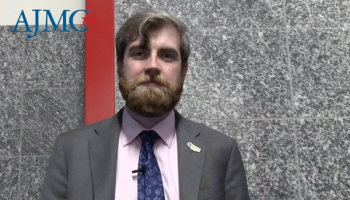
Adam Colborn, JD, associate vice president for congressional affairs, Academy of Managed Care Pharmacy, highlights key policy updates that are impacting managed care pharmacy.

Adam Colborn, JD, associate vice president for congressional affairs, Academy of Managed Care Pharmacy, highlights key policy updates that are impacting managed care pharmacy.

The randomized control period of the MINT trial has completed, and these newest data describe outcomes among patients who have acetylcholine receptor antibody–positive generalized myasthenia gravis (AChR+ gMG), explained MINT principal investigator Richard Nowak, MD, MS, Yale School of Medicine.

A surge of generics, biosimilars, and innovative therapies is expected in 2025, addressing conditions from cancer to chronic diseases, as outlined at the Academy of Managed Care Pharmacy annual meeting.

Attendees of the Academy of Managed Care Pharmacy annual meeting share explain what draws them to the conference year after year.

Research presented at the 2025 Academy of Managed Care Pharmacy annual meeting analyzed real-world treatment outcomes for dermatologic conditions, specifically highlighting the efficacy of ruxolitinib cream for atopic dermatitis and the potential for phototherapy to delay costly biologic initiation.

Giulio Cossu, MD, University of Manchester, discusses barriers to gene therapy research and development.

Lynae Darbes, PhD, discussed the findings of her study, which found that home-based visits helped to encourage the uptake of HIV testing.

The long-term safety and efficacy of treatments for allergy and inflammatory conditions was highlighted at the 2025 American Academy of Allergy, Asthma & Immunology/World Allergy Organization Joint Congress.

Experts highlight groundbreaking research presented at the American College of Cardiology Annual Scientific Session (ACC.25), which emphasized a shift toward more personalized, evidence-based treatment strategies.

Findings from the SUMMIT, Altshock-2, and FAIR-HF2 trials were presented at the American College of Cardiology 2025 Annual Scientific Session.

Amid growing legislative pressures and industry debates, pharmacy benefit managers (PBMs) are exploring new strategies to enhance transparency, reduce patient costs, and navigate the evolving healthcare landscape.
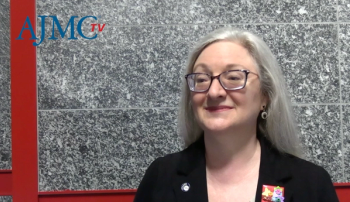
Kimberly Westrich, MA, chief strategy officer at the National Pharmaceutical Council, discusses the importance of clearly defining the role of patient representatives on pharmacy-and-therapeutics and Medicaid committees.

Sam Peasah, PhD, MBA, RPh, director of High-Value Health Care Value-Based Pharmacy Initiatives at UPMC Health Plan, shares findings from a study on the cost impact of achieving 80% adherence to newer antidiabetic agents.
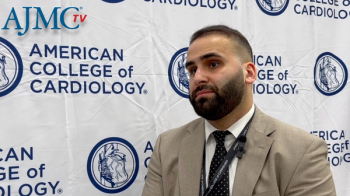
Findings presented at the American College of Cardiology Annual Scientific Session indicate that finerenone's efficacy in reducing cardiovascular death did not significantly differ across baseline bilirubin tertiles.
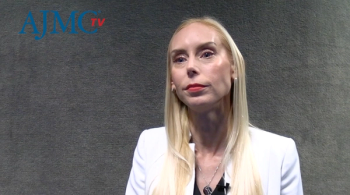
Laura Bobolts, PharmD, BCOP, senior vice president of clinical strategy and growth at OncoHealth, discusses strategies for managing costs of novel cellular and gene therapies in the oncology pipeline.

Barry Byrne, MD, PhD, Powell Gene Therapy Center at the University of Florida, discusses gene therapy considerations for pediatric patients and how newborn screening can influence outcomes for patients with Duchenne muscular dystrophy (DMD).

Rising biosimilar adoption, shifting market dynamics, and escalating supply chain vulnerabilities are driving change in managed care, creating both challenges and opportunities for stakeholders, as explored by speakers at the Academy of Managed Care Pharmacy’s annual meeting.
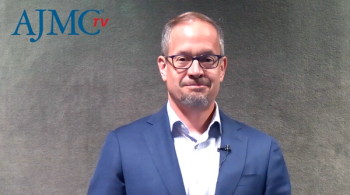
JC Scott, CEO and president of The Pharmaceutical Care Management Association, discusses the evolving role pharmacy benefit managers (PBMs) play in addressing payer, provider, and patient needs.

As health care costs continue to rise, artificial intelligence (AI)-driven solutions are emerging as a powerful tool for managing specialty drug spending and polypharmacy risks, as showcased in recent research presented at the Academy of Managed Care Pharmacy 2025 conference.

Patient-reported outcomes measures in generalized myasthenia gravis (gMG) are more important than ever, for both those treating and being treated for the chronic autoimmune neuromuscular disorder, to have a more nuanced understanding of experiences and difficulties.

Caspian Oliai, MD, MS, medical director of the UCLA Bone Marrow Transplantation Stem Cell Processing Center, discusses findings from the phase 3 Precision-T trial of Orca-T in acute leukemia and myelodysplastic syndrome (MDS).

Neha Kashalikar, PharmD, director of strategic pharmacy consulting, MassHealth, shares key components that makes a value-based contract successful.

Adam Colborn, JD, associate vice president for congressional affairs, AMCP, discusses key regulatory factors that managed care professionals must consider when implementing artificial intelligence (AI) in practice.

Federal legislative and regulatory changes are reshaping pharmacy practice, with key challenges in government funding, pharmacy benefit manager reform, and health care policy shifts—topics explored by experts at the Academy of Managed Care Pharmacy's annual meeting.

The Inflation Reduction Act (IRA) may be restricting Medicare Part D formularies, increasing patient costs, and stifling pharmaceutical innovation, experts warned at the Academy of Managed Care Pharmacy 2025 annual meeting.

In part 1 of this interview with Katrina Ortblad, ScD, MPH, she addressed bridging gaps in HIV care with pharmacy-based solutions.
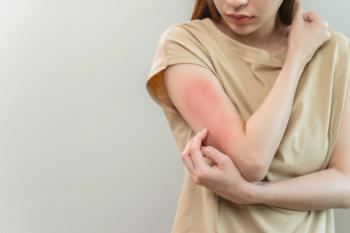
Janus kinase (JAK) inhibitors, including ruxolitinib cream and abrocitinib, demonstrate strong efficacy in atopic dermatitis (AD), offering viable alternatives to systemic therapies.

These are data to week 26 on the monoclonal antibody and antineoplastic agent; data out to week 52 of the MINT trial will be presented in a late-breaking oral session at the upcoming American Academy of Neurology Annual Meeting.

Strategies to enhance virtual care through quality assurance frameworks, technological innovation, and provider support were laid out in a pair of posters presented at the recent AMGA Annual Conference.

Panelists explored responsible, patient-centered use of artificial intelligence (AI) in cardiovascular care at the American College of Cardiology 2025 Annual Scientific Session.

259 Prospect Plains Rd, Bldg H
Cranbury, NJ 08512
© 2025 MJH Life Sciences®
All rights reserved.
